From the Executive Director: A New Look for the TESOL Office
by Christopher Powers
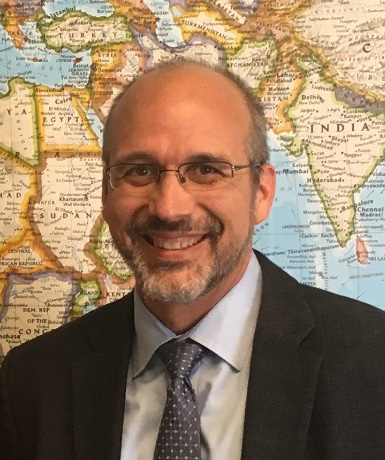 As I write this, we are sitting in makeshift offices as construction crews are finishing up the TESOL office remodel. By the time you read this, though, I will have seen many of you at the TESOL International Convention & English Language Expo in Atlanta, Georgia, and we will be back in our new, improved, and modernized space.
As I write this, we are sitting in makeshift offices as construction crews are finishing up the TESOL office remodel. By the time you read this, though, I will have seen many of you at the TESOL International Convention & English Language Expo in Atlanta, Georgia, and we will be back in our new, improved, and modernized space.
I have written in this space about our strategic outcomes—expanding our Global Presence and Connectivity, increasing our Knowledge and Expertise, and raising our Voice to Advocate for English language students and teachers. But we cannot achieve those outcomes if we do not also commit to ensuring that our association is strong and secure, financially viable, and able to thrive over the long haul. We call this institutional sustainability, and it is the foundation for all of our strategic objectives.
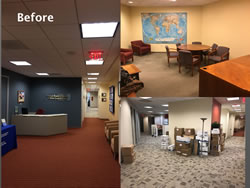
(Click to enlarge)
As many of us know too well, the teaching profession has recently faced economic challenges. We have faced a changing marketplace for English language teaching resources and dwindling support for professional development in public education. Our association has not been immune to these economic pressures. In order to continue to unite our profession, share the latest knowledge in English teaching research and practice, advocate for our values and principles, and continue to help TESOL educators achieve the best outcomes for each other and our students, we have made a strategic commitment to ensuring our association’s financial sustainability.
The good news is that we are tackling this challenge head on. In September 2018, the board passed a new strategic budget—tied specifically to our strategic outcomes. We have also reduced our overhead costs significantly by renegotiating our lease. By reducing unnecessary space, such as a large reception desk and a conference room designed for a board and staff much larger than ours, we cut our space by a third and our rent in half. At the same time, to be a nimble 21st-century organization able to meet the needs of a worldwide membership, we also wanted to modernize the office. The best part was that the landlord, through our lease renegotiation, agreed to pay for our office renovation and improvements that included a more modern, open space; upgraded IT and audiovisual systems; a smaller office for me; and a family-friendly mothers’ room/privacy suite.
(Click to enlarge)
Our goal in making these changes was to modernize and economize, and to bring our staff closer together—all so that we can better serve you, our members. We still have a bit of work to do. We need to put art on the walls, and we want the art to reflect everything we do—from our members and affiliates to our convention and professional learning programs, from our publications and journals to our advocacy and policy initiatives—all to remind us why we are here and for whom we are working. We also plan to add a multilingual welcome wall at the office entrance, reminding everyone who enters of our mission to advance “the expertise of professionals who teach English to speakers of other languages in multilingual contexts worldwide.”
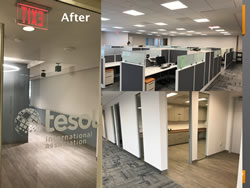
(Click to enlarge)
We are proud of the space we have built, as it reflects the association we strive to be. The pictures here don’t quite do it justice, so we invite you to stop by to visit and see for yourselves. We are at 1925 Ballenger Avenue, Alexandria, Virginia, USA. We look forward to seeing and serving you!
Christopher Powers
TESOL Executive Director
Email: cpowers@tesol.org
Twitter: @TESOL_Powers
TESOL Blogs
Interested in writing a blog for TESOL?
Read the submission guidelines and send us your post!
Check out some of the most recent TESOL Blogs:
|
Should ELs Be Allowed to Speak Their L1 in School?, by Judie Haynes
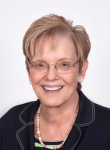 In 2016, 20% of people living in the United States considered themselves bilingual, compared to 10% in 1980 according to the annual American Community Survey. Grosjean states in a 2018 article in Psychology Today that one of the reasons there is this rise in bilingualism is that we have had a steady increase in immigration, and when immigrants learn to speak English, they become bilingual. In 2016, 20% of people living in the United States considered themselves bilingual, compared to 10% in 1980 according to the annual American Community Survey. Grosjean states in a 2018 article in Psychology Today that one of the reasons there is this rise in bilingualism is that we have had a steady increase in immigration, and when immigrants learn to speak English, they become bilingual.
This is why I am so surprised that some educators feel that students should speak only English in school. In fact, some states have an official English-only policy and refuse to test students in another language. According to Genesee’s article for Colorín Colorado, entitled “The Home Language: An English Language Learners Most Valuable Resource,” there is indisputable evidence that the L1, or home language, of English learners (ELs) is of considerable benefit to their academic success. Read more. |
|
TESOL 2019 Electronic Village Overview, by Greg Kessler
 Having just returned from TESOL, I am excited to share. Here is a special treat for those who were unable to attend TESOL this past week or even those who were there but unable to attend the events that took place in the Electronic Village (EV). All of those events are now available as archived recordings. The Computer Assisted Language Learning Interest Section (CALL-IS) offers a number of compelling and impressive events within the conference that provide insights and guidance for visitors who are interested in learning more about integrating technology into their teaching. These sessions essentially result in a complete CALL-focused conference within the larger TESOL conference with sessions all day every day. For many years, I spent nearly all of my time at the TESOL conference in the EV. It can be difficult to even keep up with all of the sessions in the EV. Read more. Having just returned from TESOL, I am excited to share. Here is a special treat for those who were unable to attend TESOL this past week or even those who were there but unable to attend the events that took place in the Electronic Village (EV). All of those events are now available as archived recordings. The Computer Assisted Language Learning Interest Section (CALL-IS) offers a number of compelling and impressive events within the conference that provide insights and guidance for visitors who are interested in learning more about integrating technology into their teaching. These sessions essentially result in a complete CALL-focused conference within the larger TESOL conference with sessions all day every day. For many years, I spent nearly all of my time at the TESOL conference in the EV. It can be difficult to even keep up with all of the sessions in the EV. Read more.
|
|
On Teaching Speaking: EL Autonomous Learning With Art, by Julie Vorholt
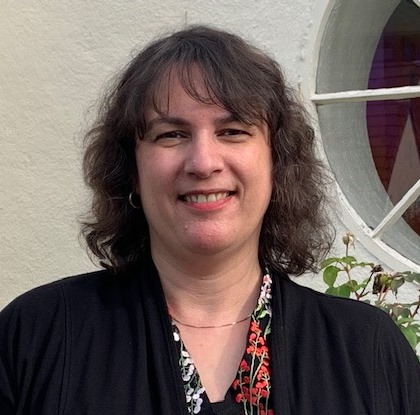 In this TESOL Blog series, Julie Vorholt, editor of New Ways in Teaching Speaking, Second Edition, interviews contributors to the volume and gets some tips from them on teaching speaking to ELs. In this TESOL Blog series, Julie Vorholt, editor of New Ways in Teaching Speaking, Second Edition, interviews contributors to the volume and gets some tips from them on teaching speaking to ELs.
Today’s blog focuses on a fun, easy, and effective classroom activity that stimulates discussion for students at all levels of English proficiency. Preparation takes less than 5 minutes and, with some modification, the activity can be repeated throughout a course. Students’ active engagement in the discussion inspired Hisako Yamashita to contribute her lesson plan activity to the recently released New Ways in Teaching Speaking, Second Edition. Read more. |
TESOL Bookstore

Featured Resources from TESOL Press
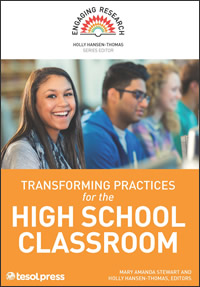 Engaging Research: Transforming Practices for the High School Classroom
Engaging Research: Transforming Practices for the High School Classroom
Mary Amanda Stewart and Holly Hansen-Thomas, Editors
Practice has long been informed by research, but what happens when practitioners and researchers actually work together in a high school classroom setting? Discover the ways teachers and researchers apply up-to-date TESOL research to meet both content and language acquisition criteria while also affirming students’ cultural knowledge, life experiences, and language abilities.
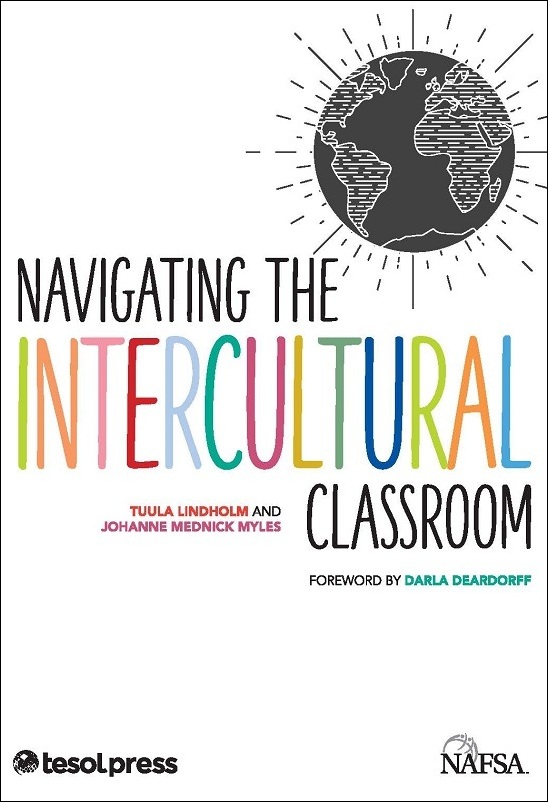 Navigating the Intercultural Classroom
Navigating the Intercultural Classroom
Tuula Lindholm and Johanne Mednick Myles
With a Foreword by Darla K. Deardorff
This book goes beyond theoretical discussions to provide concrete methods for integrating intercultural communicative competence into the language classroom through its inclusion of practical examples, engaging activities, and real-life case studies.
Copublished with NAFSA
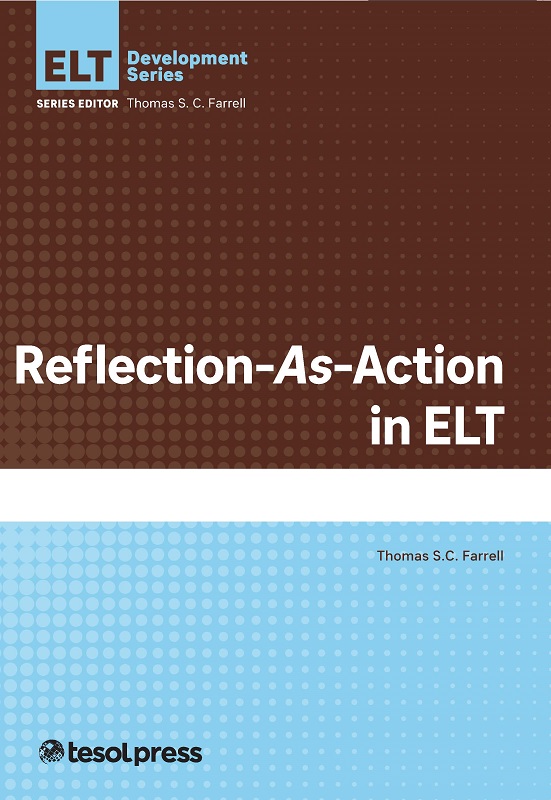 Reflection-As- Action in ELT
Reflection-As- Action in ELT
Thomas S. C. Farrell
Operationalize reflective practice with an approach designed for the field of TESOL. This book offers a new framework using a holistic and comprehensive approach and includes spiritual, moral, and emotional noncognitive aspects. This easy-to-navigate book is organized by the five stages of the reflection framework.